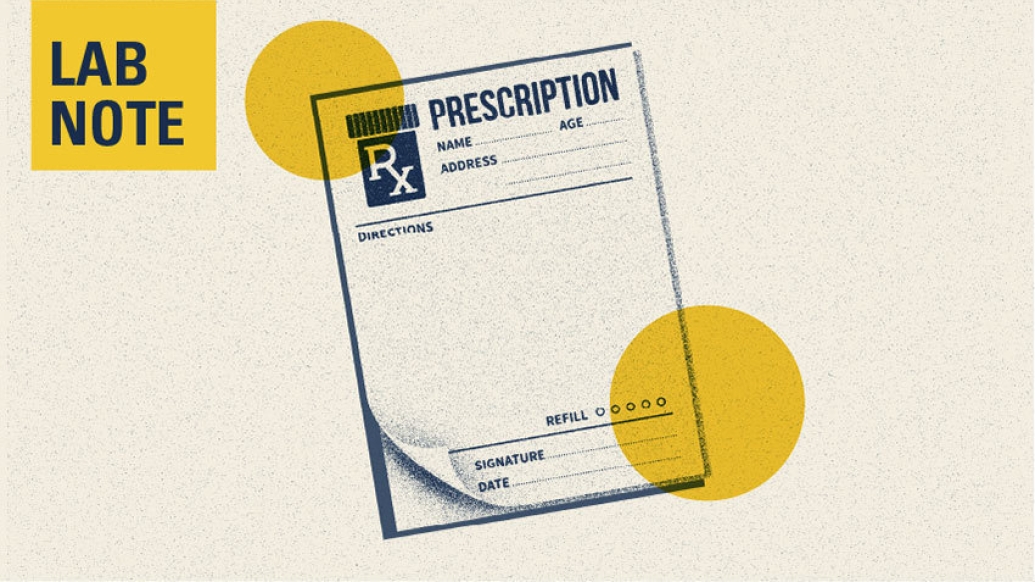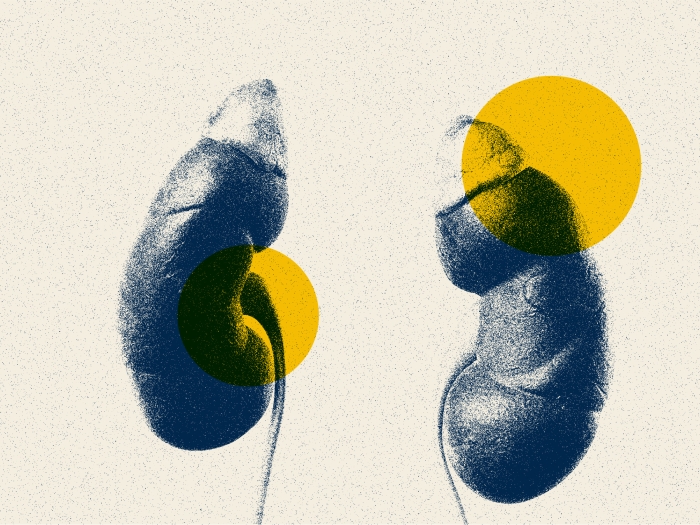Large doses of opioids are commonly prescribed after total knee and hip arthroplasty to avoid call-ins for refills, but smaller doses can be just as effective.
10:05 AM
Author |

Opioids are commonly prescribed to patients that are discharged after a total knee and hip arthroplasty. Patients are typically given larger prescriptions of opioids that can result in an excess of the medication in their home after recovery is over.
In the research study “Association Between Initial Prescription Size and Likelihood of Opioid Refill After Total Knee and Hip Arthroplasty” published in The Journal of Arthroplasty, Elizabeth Dailey, M.D., Clinical Assistant Professor of Orthopaedic Surgery at the University of Michigan Health System and colleagues looked at the effect of providing smaller initial opioid prescriptions on the risk of refill in the first 30 days after surgery.
Opioid addiction is an epidemic in the United States, but the medication is still commonly prescribed to treat pain after surgery inside and outside of the hospital setting. In recent years, doctors have given their post-surgery patients larger doses of opioids to avoid patients frequently calling their doctors for refills.
“The goal was to come up with a quality improvement program that would decrease the dosage of opioids given to patients leaving the hospital,” said Dailey.
Dailey and colleagues utilized private and Medicare insurance data to create a large, nationally representative cohort of hip and knee arthroplasty patients. The initial opioid prescription size was then correlated with risk of refill, and results showed that patients who were prescribed less opioids did not require more refills.
“Prescribing patients less opioids creates less of a chance of them having an excess of opioids in their home after recovery,” Dailey said. “It also creates an opportunity for doctors and patients to have a conversation about the risks continuing opioids if the patient calls for a refill.”
According to the Center for Disease Control, opioids are currently the main driver of drug overdose deaths in the United States.
Live your healthiest life: Get tips from top experts weekly. Subscribe to the Michigan Health blog newsletter
Headlines from the frontlines: The power of scientific discovery harnessed and delivered to your inbox every week. Subscribe to the Michigan Health Lab blog newsletter
Like Podcasts? Add the Michigan Medicine News Break on Spotify, Apple Podcasts or anywhere you listen to podcasts.
Additional authors: Viktor C. Tollemar, M.D., Andrew G. Urquhart, M.D., Brian R. Hallstrom, M.D., from the Department of Orthopaedic Surgery, University of Michigan, Ann Arbor, Michigan. Hsou-Mei Hu PhD, MBA, MHS and Jennifer F. Waljee, MD, MPH, MS from the Department of Surgery, University of Michigan, Ann Arbor, Michigan and Opioid Prescribing Engagement Network, Institute for Health care Policy and Innovation, University of Michigan Ann Arbor, Michigan. Mark C. Bicket, MD, PhD and Chad M. Brummett, MD from the Opioid Prescribing Engagement Network, Institute for Health care Policy and Innovation, University of Michigan Ann Arbor, Michigan and the Department of Anesthesiology, University of Michigan, Ann Arbor, Michigan.
Funding: JW, MB, and CB receive funding from the Michigan Department of Health and Human Services and the National Institute of Drug Abuse (RO1DA042859). Additional funding from the University of Michigan Precision Health Initiative.
Paper cited: “Association Between Initial Prescription Size and Likelihood of Opioid Refill After Total Knee and Hip Arthroplasty,” The Journal of Arthroplasty. DOI: 10.1016/j.arth.2022.10.038

Explore a variety of healthcare news & stories by visiting the Health Lab home page for more articles.

Department of Communication at Michigan Medicine
Want top health & research news weekly? Sign up for Health Lab’s newsletters today!





